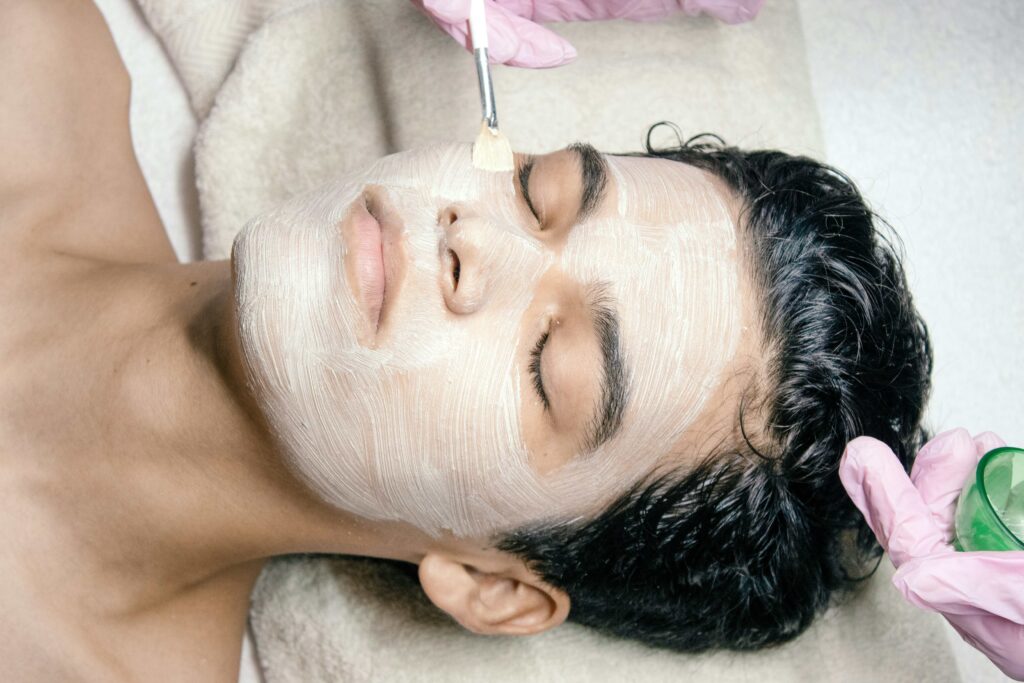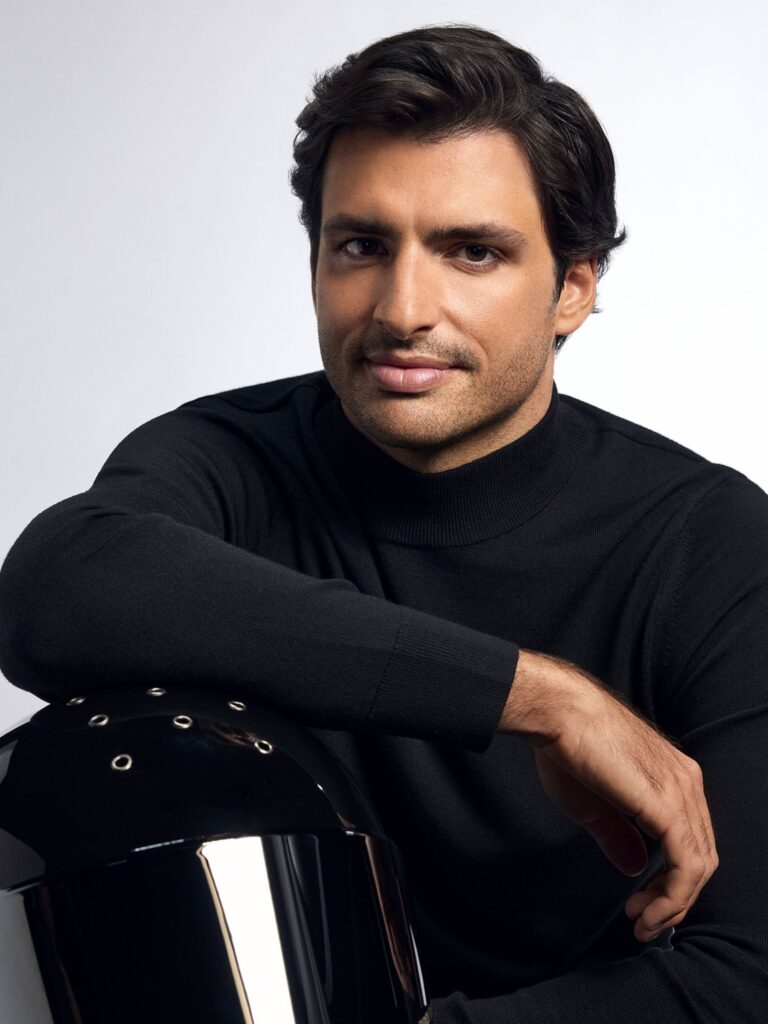“I HADN’T BEEN overly obsessed with the depletion of my ‘do or anything– not consciously, anyway. But at 44, I was beginning to thin out on top. My hairline, especially at the temples, had receded substantially. I was, in a very general sense, feeling some despair over my waning desirability – and perhaps grasping at any old straw (gym, diet, etc.) to improve my lot.
I heard Istanbul was the place to go for hair transplants but confess that I did not exactly prepare or research exhaustively. I just picked the best-rated place on Google – Sule Hair – and booked it. To answer the first and most practical question, my procedure cost about $2,000 – versus at least 5 to 10 times that amount in America – plus another $3,000 for airfare, hotels, grilled fish, and local Efes Pilsener.
The second question I get is about the actual procedure. Like, did it hurt? Depends on the person, I suppose, but I reckon that the nightly news causes you more pain and even more boredom than my nine-hour surgery caused me. When I arrived at the clinic, a bland space in a black-glass office building, the doctor mapped out a new hairline on my scalp in ink and then whisked me off to have my head shaved. You can pick your own hairline, and shaving isn’t absolutely necessary but makes it easier for the nurses who do the work.
“Then, the work. After giving me a Xanax to cool me out, the nurses popped my forehead with an anaesthetic needle. A very big one. And then hit the top and side of my head with a normal syringe full of some sort of local number. And then went at it, with a FUE pen, which, as I understand it, functions like a very tiny ice cream scoop, digging out healthy follicles from densely populated regions of the scalp. In the course of my sitting, the revolving team of nurses extracted some 9,000 hairs from the sides and back of my head, which they stitched into the top and front of my scalp. No big deal. Really.
Even the recovery, where you must treat the top of your head extremely delicately – exercise, sex, and alcohol must be avoided temporarily, and sleep on your back with a travel pillow – wasn’t that bad.
As far as results, I have to let other people judge. After a couple of years and several stages of shedding – when much of the new follicles drop their hairs and start regrowing them – a couple of good friends now regularly congratulate me on the results, and I figure that is probably as good as one can get. Easy presto, a very nice boost to my self-image – and I spent several days exploring Istanbul with my bandaged head.”
Second opinion
When considering a hair transplant, it’s best to look for a surgeon accredited by the International Society of Hair Restoration Surgery, says Corey Hartman, MD, a professor of dermatology specialising in hair restoration at the University of Alabama at Birmingham. In Istanbul, he recommends Ozlem Bicer, MD, Musbeh Arslan, MD, or Koray Erdogan, MD. Dr. Hartman also notes that platelet-rich-plasma injections for hair loss are growing in popularity and are best done at the first signs of hair loss, combined with a drug treatment, such as Propecia or Rogaine. They typically cost $1,500 to $3,500 and can be repeated every three to six months, as needed.
Know before you go
Consider the $8,000 Rule
A good barometer of whether your medical trip is financially worthwhile is the $8,000 rule ($12,500 AUD), says Josef Woodman, CEO of Patients Beyond Borders. If your total quote for U.S. treatment (including consultations, procedure, and hospital stay) is $8,000 or more, you will probably save money traveling abroad for your care. If it’s less, you’re likely better off having your treatment at home.
Check credentials
Research clinics on websites such as medicaltourism.com, dentaldepartures.com, patientsbeyondborders.com, and the Medical Tourism section of the CDC’s Yellow Book. Three accreditations that indicate high quality are the Joint Commission International, Temos International, and Global Healthcare. Also, look up doctors and clinical research at clinicaltrials.gov, says Jonathan Edelheit, cofounder of Global Healthcare Resources.
Ask for patient references
It’s best to speak with patients in your age range and at least one-year post-treatment, says Edelheit. If a clinic rejects a request for references, avoid it. Discuss any complications, post-treatment care, lasting effects, and whether they did anything else that might have impacted their results.
Get everything in writing
Did you have a great call in which you were promised five-star accommodations, smoothies on demand, and post-op care? Ask for a list of all services and costs in writing. Also note that you might not be able to sue the clinic or doctor for malpractice. (Depending on the treatment, a corrective procedure may be available.)
Be smart about money
Don’t wire money. Pay with a credit card, which will better ensure you have recourse, such as seeking a refund, says Edelheit.
Arrange your follow-up care in advance
Before you go, alert your primary care physician (in case something goes wrong) and also be sure to have a detailed follow-up plan with the appropriate paperwork, records, and/or imaging.
This article originally appeared on Men’s Health US.
Related:













